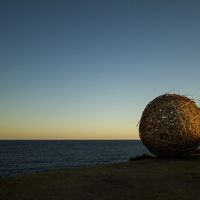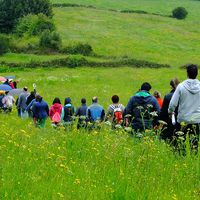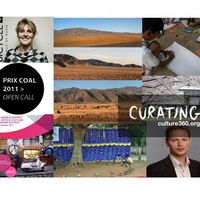The importance of innovative approaches to art and sustainability
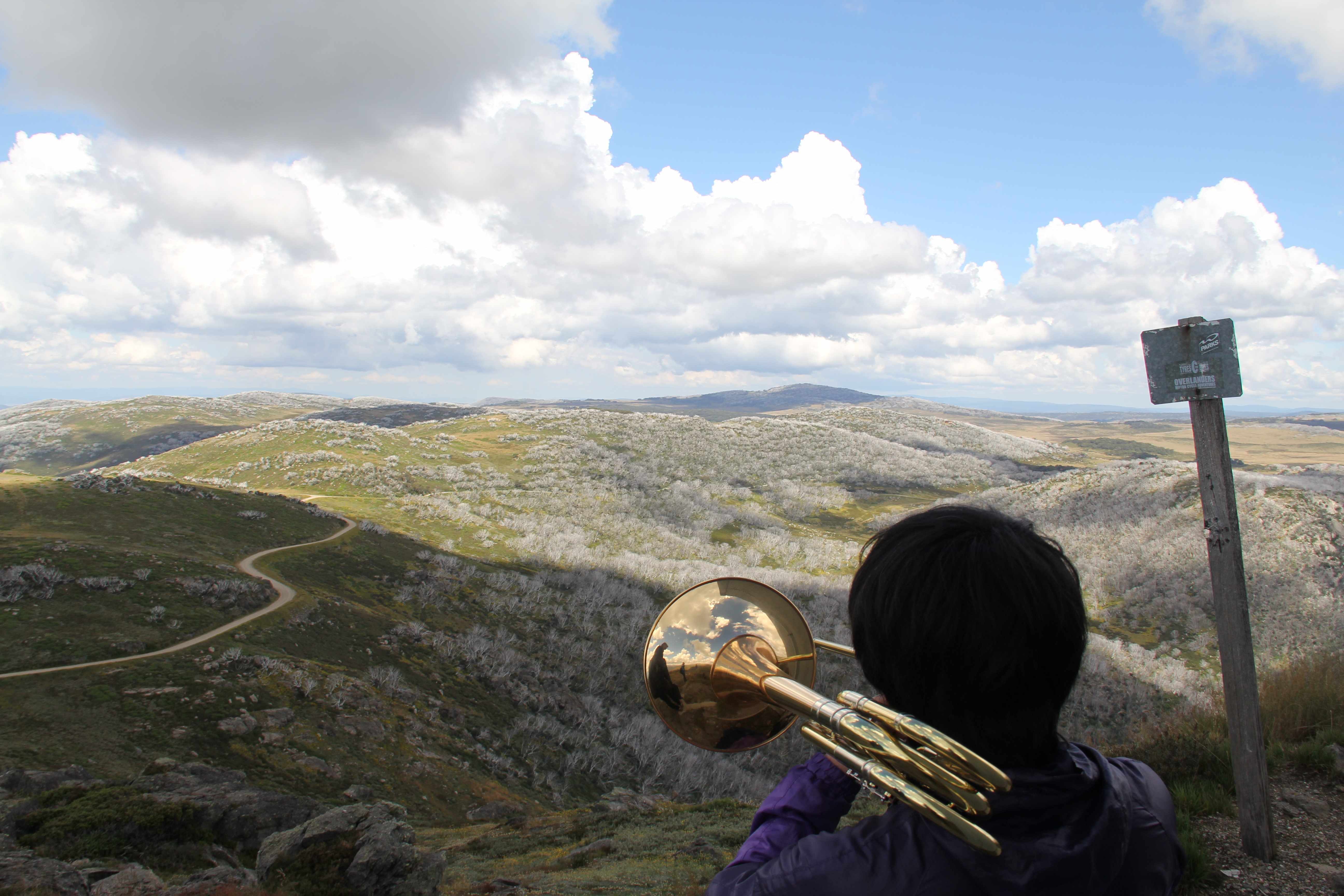
The importance of innovative approaches to art and sustainability
As sustainability is increasingly embedded in the programming of arts venues and events it is increasingly important to think of new ways of presenting these ideas. The key to keeping ahead of audience fatigue could be through supporting risk-taking creative practice and fostering meaningful cross-sector exchange.
In August 2018 the Asia-Europe Foundation (ASEF) published a guide on Creative Responses to Sustainability in Australia, the 5th in a series. Designed as an overview of initiatives in the nexus between art and environmental sustainability, it was limited to 25 organisations. It soon became evident that selecting just a handful was going to be a difficult task indeed. The guide focuses on organisations whose core work lies at the nexus of art and environment (each with varied approaches), but what stood out was the number of organisations investigating this area as part of their overall cultural programming. These were arts organisations that didn’t work exclusively in sustainability, but that give significant attention to the creative practices and responses to environmental sustainability. Below are a few observations about the ways in which arts organisations incorporate sustainability into their work and how they can find a balance between supporting innovative artistic practice and keeping audiences engaged.
Increasing interest in cross-sector collaborations
The visual arts sector is an area where there are many projects on art and sustainability. Recently a number of Sydney organisations collaborated on a programme of events called Oceania Rising: Climate Change in Our Region. With exhibitions, workshops, community-directed discussions, talks and film screenings spread across Casula Powerhouse Arts Centre, Blacktown Arts and the Australian Museum, the programme focused not only on presenting the themes, but also on promoting climate change advocacy. A quick look at CLIMARTE’s biennial festival, which inspires action on climate change, shows a wide range of galleries engaged in this field, from artist run spaces to regional council galleries to university museums. Film festivals and arts festivals, both small and large, are also incorporating works on sustainability in their programmes.
The literature sector incorporates these themes through organisations such as the Wheeler Centre in Melbourne, which regularly has events dedicated to energy, environment and climate. Combining advocacy with literature, Plumwood Mountain is a journal of ecopoetics and ecopoetry that recently published an anthology calling for the cancellation of the proposed Adani coal mine, working with many well-known poets. Another example includes Sydney-based Red Room Poetry, which creates poetic projects in collaboration with poets, schools, communities and partners for positive social impact. Their New Shoots programme for example has worked with poets and botanic gardens in Sydney and across Australia to create poems inspired by plants and place in order to deepen the creative and cultural connections with nature.
There are in fact several initiatives that are reaching out to the arts community in order to foster cross-sector discussions, such as Queensland Government Artist in Residence Science Programme or the Australian Antarctic Arts Fellowship. Another example of using scientific expertise in artistic expression was developed by the CLIMARTE festival, in which they invited scientists to examine the climate in the paintings in an historical landscape exhibition. Their information about the regional climate patterns was then added to the exhibition text, contributing deeper understanding of the work and it’s context. It is the increasing number of cross-sector collaborations that are adding another layer to the nexus between creative practice and sustainability. As Australian Network for Art and Technology (ANAT) Director Vicki Sowry observes
‘ten years ago most of the artists were emerging artists because they were the ones that got it, they understood what interdisciplinary practice was. And now it’s almost all quite established artists…There is a broadening appreciation of the places that art can be.’
A space for cutting edge artistic practice
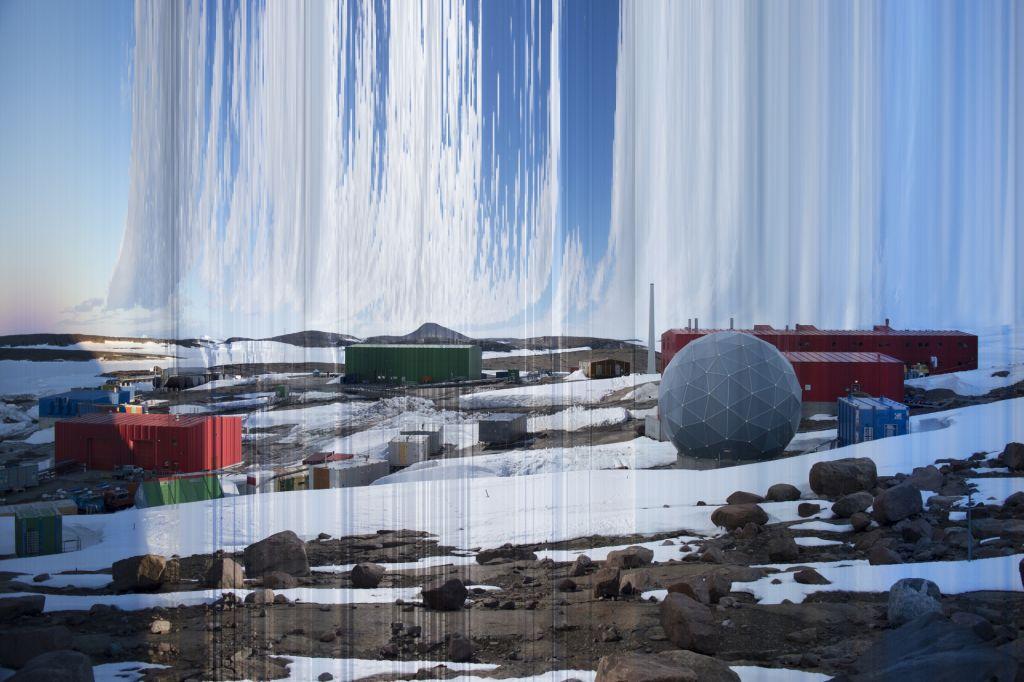
While there are great programming initiatives coming from a range of arts organisations, Oron Catts, Co-Founder and Director of SymbioticA, points out that sometimes the artists and arts organisations are pursuing distinct trajectories. This is perhaps especially the case for complex scientific concepts, such as those explored at SymbioticA. Located at the School of Anatomy and Human Biology, University of Western Australia, SymbioticA is an artistic laboratory dedicated to the research, learning and critique of life sciences. The lab enables artists to engage in wet biology practices in a biological science department and artists are able to use the tools and technologies of science, not just to comment about them, but also to explore their possibilities.
SymbioticA’s work is mostly international and as Catts observes,
‘Here in Australia we have major issues with venues and curators who don’t really get it. Those organisations are much more conservative than the artists…'
There seems to be a large gap between the institutionalised arts world and the artistic practice, and that’s why many of the Australian artists who are working in this field are doing most of their work internationally.’ Catts believes that venues and curators need to be more open and have a better understanding of these types of cross-disciplinary practices. This is particularly the case when an artistic practice doesn’t seem to be following a particular trend.
Working around the trends
Some artists interviewed in the Creative Responses to Sustainability Australia Guide expressed concerns that sometimes a creative practice was overlooked because it didn’t fit in with current trends, such as the current concern with plastic, which is just one aspect of environmental sustainability. This focus on particular topics of interest can leave behind some important discussions.
Jed Long from Sydney-based bamboo design collective Cave Urban noted that ‘if anything some of the changes have almost gone backwards. Thinking about some of the things that interest us, in terms of embodied energy and where materials come from, these were things that were really spoken about ten years ago and in the last ten years not much has changed. And if anything, because that amount of time has passed, when you talk about it almost seems old fashioned…Sometimes that appetite, I find, comes and goes. But at the same time there’s new areas of sustainability that become of interest.’ Long commented that some topics are hard to sell to a general audience or arts organisation, such as energy use, but that they are equally important to the environmental debate.
The other side of the coin of being swept up in a new trend is that audiences can become tired of seeing the same issues repeated. There are so many arts programmes, as well as more general discussion, about environmental sustainability and climate change that people can switch off. Therefore, it’s imperative, for both artists and arts organisations, to find new ways to engage with these issues.
Philip Samartzis, Co-Founder and Creative Director of the rural Bogong Centre for Sound Culture (BCSC) highlights that it could be beneficial to pay attention to under represented topics in sustainability. He observes that it’s ‘an oversaturated market when it comes to environmentally driven projects or ideas around sustainability, I think people are over that to a large degree. So it’s also about being inventive when you talk about sustainability and climate change…I think it’s also about being strategic about the types of communities and locations we’re dealing with and how they’re being represented and what we’re trying to advocate for…I think it’s about a point of difference.’ Audiences can become tired of certain ideas that they see repeated in exhibitions or festivals and the challenge of advocating for sustainability is to continually find creative ways to approach the topic.
To read more about the Australian organisations working in sustainability and creative practice, download the Creative Responses to Sustainability Australia Guide.
Claire Rosslyn Wilson is a freelance cultural writer, researcher and poet. She has particular interests in cultural diversity, experiences of place and creative expression for social change and has worked in Thailand, Singapore, Spain and Australia. She co-wrote ‘Freelancing in the Creative Industries’ (Oxford University Press, 2015), is the poetry editor for the human rights journal Right Now and a co-editor of the academic journal Coolabah, of the Transnational and Australian Studies Centre in the University of Barcelona.
Similar content
13 Aug 2018
posted on
22 Oct 2018
08 Dec 2017

